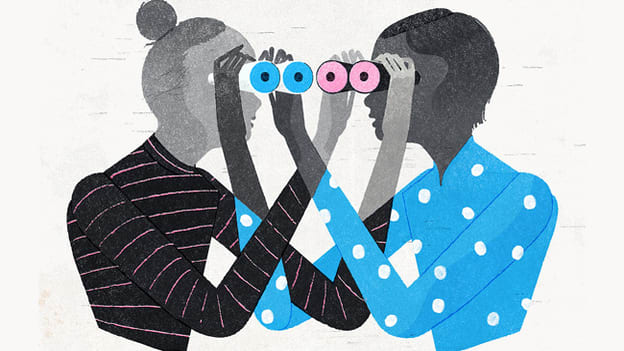5 HR and Employee Relations Trends to watch in 2021

Is there anyone on the planet who disagrees 2020 was a really tough year? It’s a meme, a cliché, even a dating commercial for Match.com (look it up if you don’t know what I mean!)
And in no way were HR and employee relations professionals exempt. In fact, HR and ER were on center stage, helping employees (and leaders) stay safe and productive as the world’s largest shift to work from home happened almost instantaneously.
So what will 2021 look like for HR professionals? Of course, none of us knows the answer, and if there’s anything 2020 taught us, it’s to expect the unexpected. What we do know is HR will continue to play a leading role in guiding our teams and organizations through what’s sure to be continuing business, political and social change.
Here’s a look at the key trends we see for next year:
HR/ER will accelerate their roles as strategic business drivers as we move to recovery.
HR and employee relations have been escalating to become strategic functions for some time now, but 2020 accelerated the shift.
Working without a playbook, HR and ER professionals took a leading role in the pandemic, helping their organizations shift to new workplace models. A combination of communicators, employee experts, counselors, marketers and C-level consultants, HR leaders deftly steered their organizations forward even as conditions changed seemingly daily.
They’ll be leading the post-pandemic recovery too, making crucial decisions on who returns to the office and creating strategies to protect employees’ mental and physical health.
Forward-looking HR leaders will rely even more heavily on data and analytics.
Using people data to predict data has been trending for a while, but it became a must in 2020. Tracking, documenting and analyzing your people data – especially behavioral data, like employee relations issues – can help you uncover patterns and trends to guide your organization forward.
Did your organization see increased incidents of discrimination and harassment after the U.S. presidential election, for example? Use event-based analytics to pinpoint what happened. Do certain managers, regions or units experience more people issues? Get insights to take action. Predictive data and analytics have held that promise for a long time – now it’s becoming real in HR and ER.
HR will collaborate more with and empower people leaders.
HR leaders aren’t the only ones who can handle people issues. People leaders are the front line to employees and have the best visibility to, and relationships with, employees. As many organizations focus on elevating their performance management, they are also focused on the collaboration between HR and people leaders – which can be a powerful, productive combination.
Diversity, equity and inclusion programs will move from commitment to action.
Of course, 2020 wasn’t only the year of COVID – it was also the year social justice movements became front and center with George Floyd’s murder. Diversity, equity and inclusion programs are not new, but focus heightened in 2020– and massive commitments to change were made by organizations.
In 2021, we will move from commitments to action – which requires data to uncover trends and patterns to benchmark areas of action. Are investigations involving people of color resolved differently, for example? Are there regional differences when it comes to inclusion, or across managers? Data paints a vivid picture – and then action can be taken and measured. In today’s world, words are not enough. Employees expect action.
Collaboration and community will be watchwords.
Throughout 2020, HR and employee relations professionals leaned on each other to help companies manage the pandemic, sharing COVID-19 expertise, policies and practices with each other. This trend will continue as we head into an uncertain new year and will need a strong community to share knowledge and best practices across the industry. There was no playbook in 2020 – and there won’t be for 2021 either. HR leaders will value community over competition.
Finally, we won’t call it a trend, since it’s a constant, but communication remains critical. One thing we all learned in 2020 is that to stay connected, we need to over-communicate. Though we may be suffering a bit of “virtual meeting fatigue,” the alternative is isolation – and that’s deadly. HR leaders focused on communication in 2020 to keep employees informed, productive and to address the mental health issues that spiked during the pandemic – and we don’t see that stopping next year.
Not many of us will be sad to see the calendar turn to 2021, though equally we learned many positive lessons this year. As always, HR was adaptable, resilient and rose to the challenge. Whatever 2021 throws our way, we’re confident we can say the same will be true next year.
















